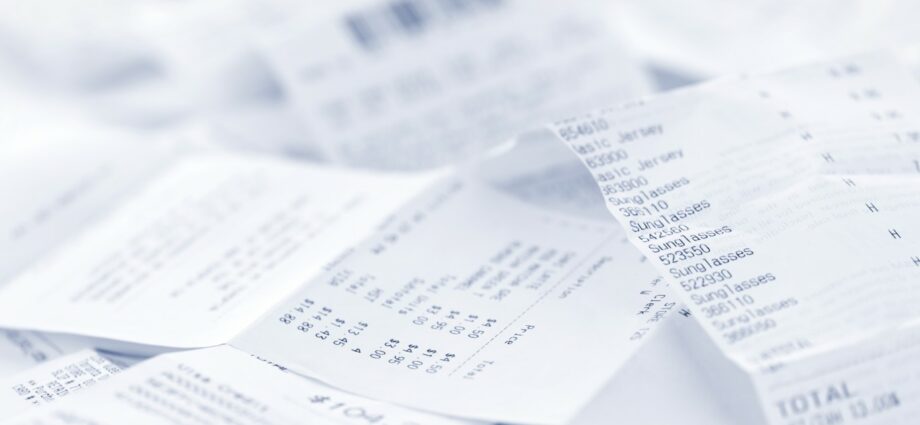Americans who hoped inflation would begin to ease got bad news when the Bureau of Labor Statistics released the September consumer price index. Prices nationwide of goods and services rose 0.4% from August, a four decade high. Compared to September of last year, prices rose 8.2%.
The prices of a number of items in the index surged, in some cases more than triple the headline figure. The price of food used at schools and businesses soared 91% year over previous year. (Interestingly, this was an item that plunged in price up until a few months ago.)
The primary reason there was expectation that inflation might cool was the aggressive rate hikes by the Federal Reserve. The Fed has not increased rates at such a pace in well over a decade. By raising interest rates, the Fed increases the cost of credit for individuals and businesses, which in turn should slow purchases. The approach has yet to work. (Meanwhile, inflation hurts those struggling financially most. These are the states where the most people live below the poverty line.)
There are several explanations as to why the pace of price increases has not slackened. One is that while the Fed targets demand, prices have increased due to supply chain issues, mostly a shortage of goods and services used by companies and consumers. A notable example is food. The supply of some grains has slowed considerably due to poor crop yield and the war in Ukraine, a major supplier of some grains. Another reason prices of basic products increased is the high cost of transportation, both by water and by train. These costs are passed to consumers.
Oil and gas fall into a similar shortage-driven category. The war in Ukraine had led to sanctions on Russian oil, reducing its availability. More recently, OPEC+ decided to slow production to increase prices for its crude. Although fuel price increases have stopped in the U.S., fuel oil stil costs more than 50% above what it did a year ago. (Here is the price of gas every year since 1990.)
Another trigger for inflation is the fact that the U.S. employment rate is 3.5% — near a post World War II low. Full employment nationwide leads to higher wages and to greater demand for consumer products and services than if 10% of people were out of work, like in the Great Recession, and wages were stagnant. Former Treasury Secretary Larry Summers said the jobless rate might need to reach 6% for a short time to throttle back inflation entirely.
What happens to inflation next? There is certainly no evidence that the problems that have driven prices so high, so quickly are about to go away. Inflation will stay high, at least for the balance of this year.
To determine the 40 household items that are soaring in price, 24/7 Wall St. reviewed the BLS’ Consumer Price Index Summary September report. Prices are compared to September 2021.
Click here to see what’s getting more expensive at stores in America.
Sponsored: Find a Qualified Financial Advisor
Finding a qualified financial advisor doesn’t have to be hard. SmartAsset’s free tool matches you with up to 3 fiduciary financial advisors in your area in 5 minutes. Each advisor has been vetted by SmartAsset and is held to a fiduciary standard to act in your best interests. If you’re ready to be matched with local advisors that can help you achieve your financial goals, get started now.
Source: Read Full Article
-
Sheng Kee Of California Recalls Certain Mooncake Gift Boxes
-
Coloradans consider electric heat pumps for homes as gas prices soar
-
Eurozone Inflation Slows On Lower Energy Prices
-
Bob Iger Says Disney Theme Parks Were Priced Too High In “Zeal To Grow Profit” – It’s “A Brand That Needs To Be Accessible”
-
Democratic Leaders Seize On Rupert Murdoch Deposition In Dominion Lawsuit, Call On Fox News To Stop Spreading “Election Denialism”

